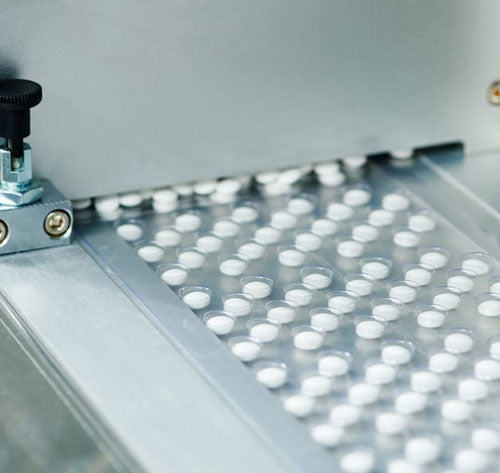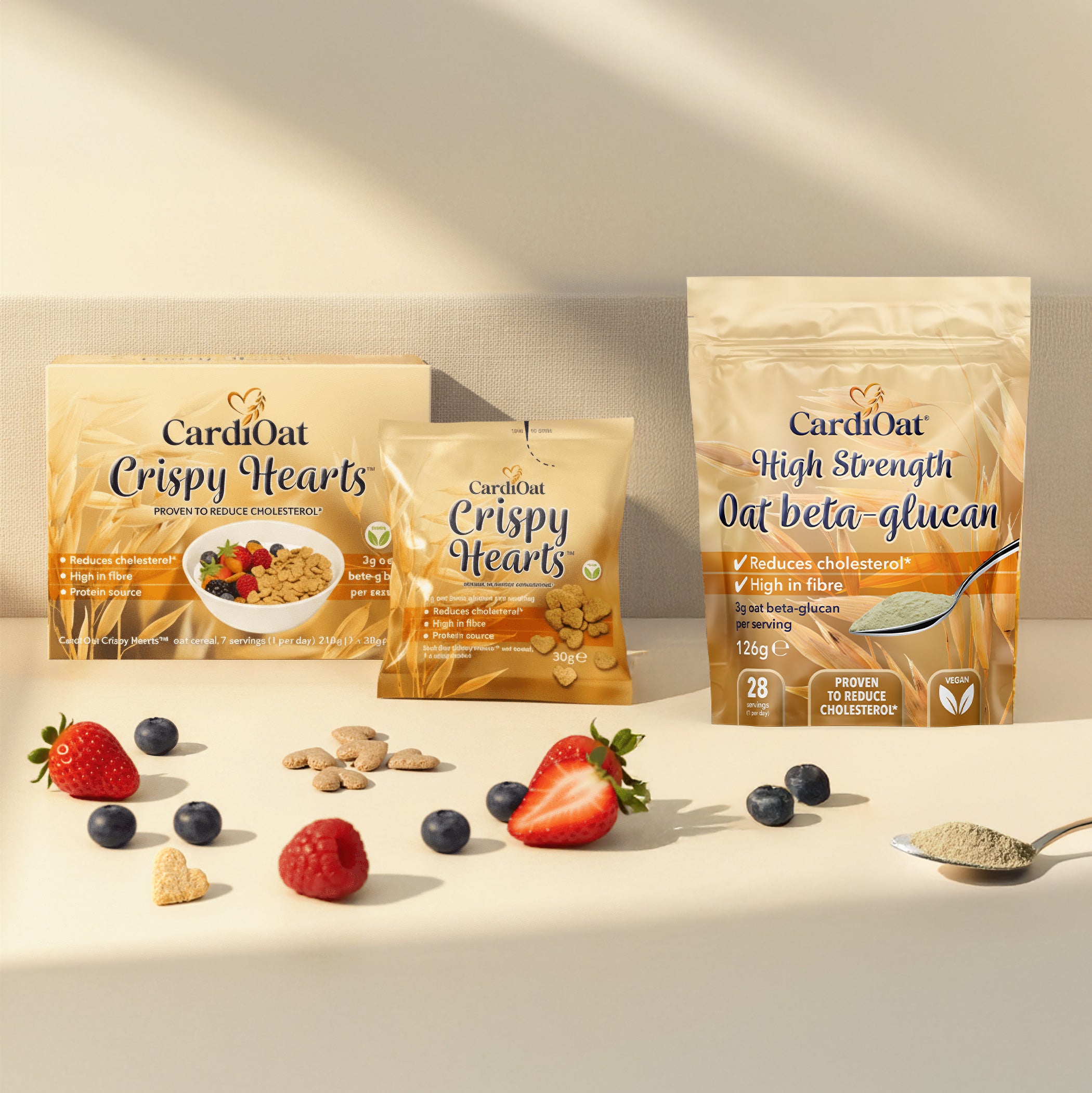What is an excipient vs an active ingredient?
We believe in being transparent about what goes into our products and our quality processes.
This is why all our supplements are marked TraceSupple™, which provides important nutritional information about every product in a handy fact sheet.
We formulate supplements using the best active ingredients, providing high bioavailability. However, even the best sourced ingredients can sometimes be blended with excipients to help them flow and become more bioavailable within the supplements.
So, because we want you to be clear about what’s in the supplements that you are taking and as part of our commitment to you, our TraceSupple™ fact sheet lists any excipients that are in our products, along with the active ingredients and any allergens. To find out more, simply enter your product details below and the fact sheet will be emailed to you.
Hidden blended excipients and what they do:
We want you to be completely confident about everything that goes into your body, so below is an overview of what excipients are and more importantly, why we might use them.
dl-alpha tocopherol (synthetic form of vitamin E, as dl used a prefix as opposed to d-alpha which is a natural form), sodium ascorbate (form of vitamin C)- these can be added as a preservative for longer shelf-life and protect ingredients against unwanted bacteria.
acts as a binding agent to hold the tablet ingredients together or other blended ingredients and provide mechanical strength. The sticky, natural acacia gum or Arabic gum is made from the sap of an acacia tree and is also used as a stabiliser.
is a tasteless, white microcrystalline powder used as a filler to bulk up tablets or capsules to fill the empty space when there is not enough of the active ingredient or to also aid compression.
is a type of carbohydrate, but it undergoes intense processing. It comes in the form of a white powder from rice, corn, wheat, or potato starch. It is mainly used as a filler, bulking agent or as a binder for compression. Bulking agents can also be referred to as carriers.
act as a carrier (some materials are better absorbed in oils) or preservative for longer shelf life.
used as a filler or bulking agent. It also helps make the manufacturing process more efficient by ensuring capsules move through the process smoothly without sticking to machinery and improves the flow of powders during tablet manufacturing by reducing friction and adhesion between particles. It is also used as an anti-caking agent.
sodium octenyl succinate, corn, modified starch – is used as a filler to bulk up materials. It can make the raw material thicker/dense.
dextrose, sucrose, glucose, lactose, sorbitol. These are also used as fillers and bulking agents. They can also serve a purpose in adding sweetness to chewable tablets, making them tasty.

Why we only have capsules?
Manufacturing tablets can be a long process with many ingredients needed to combine active ingredients, make them taste better, dissolve at the right speed, absorb better, making sure they don’t break easily (hardness is perfect), use preservatives and to prevent the ingredients from oxidative damage. To make them attractive to look at, they must be dressed up in colour and coated with matt or glossy material.
So, we have chosen to use capsules over tablets because they don’t require binders, coatings, colours or sweeteners. This results in giving you high bioavailability of the active ingredients, making it easier to swallow too. We would also use natural fillers, bulking agents and flow agents where possible.
Our capsules are vegan, vegetarian friendly and meet most religious requirements. This is because the capsules are made from plant derived material hydroxyl propyl methyl cellulose (HPMC). HPMC capsules are pH-independent, have delayed disintegration, with moisture and oxygen barriers to allow the active ingredients to survive stomach acid and be absorbed in the intestines where all the magic happens.

